Winterizing Your Vehicle
The leaves are turning across much of the country, and with it, the temperatures are dropping. That means it’s time to get your vehicle and yourself ready for winter, whatever winter is in your area. For many, that means, snow, cold, and ice. For a few, that means it’s finally cool enough to step outside. Whatever your situation, this is how to winterize your car and yourself.
Winter Tires
If your winter means temperatures in the 40s or colder, winter tires are a must. Winter tires are designed to stay pliant in the cold, and that helps them stick to the pavement when it is freezing out. They also have special tread patterns that make them ideal for gripping snow, ice, and slush.
Steel Wheels
If you use winter tires, winter wheels are a great addition to help save your time and frustration. Steel wheels with your winter tires mounted mean less time at the tire store. They're also cheaper than your nice summer alloy wheels, more resistant to corrosion and damage from bad roads, and are easier to repair if they get a dent.
Changing Tires
With your own wheels, a jack, stands, and a torque wrench, you can even change your winter tires over by yourself, saving you even more money and giving you more flexibility about tire change time.
Tires Chains
What do you do for traction if you are someone who lives in a warm place that occasionally sees a freak winter storm? Or if you have to venture into the mountains? Renting a car with winter tires might be an option, but an even easier move is to bring along snow chains. Snow chains aren't the clanky, rusty automotive chains of the 1970s. Today there are cable tire chains that use metal cables instead, making them easier to handle and install. There are also textile changes that work like a snow-capable sock for your car. Both are meant to be used temporarily and at low speeds in deep snow, but if you get caught out in the winter, they can get you to safety.
Traction Mats
If you already have winter tires and still end up stuck in snow or ice, there are some handy things that store in your trunk that can help get you unstuck. Don't throw your floor mats under the tire, they'll be fired off into the distance or end up jammed in your wheel wells. Instead, try an emergency traction mat. These mats are designed to grip the snow and ice and spread out the weight of your vehicle, helping to get you out of that rut.
Accessories
A collapsible shovel is also a great way to help get you unstuck. They fold up small for storage, then unfold to help you dig out snow, ice, and even mud if your car or truck is stuck. To go with that shovel, make sure you have good winter gloves, a pair of snow pants that will fit you, and a tarp or heavy blanket to help keep you dry and out of the snow.
For Emergencies
Another good thing to keep in your trunk in the winter is an emergency kit. A good kit will include things usable year-round like a high-visibility vest, first-aid supplies, gloves, and emergency rain cover. Some kits will include candles or chemical heat sources like hand warmers, useful if you're stuck outside for an extended period. Water is handy but freezes if your trunk is below 32 degrees. Sugary sodas can handle a few more degrees of cold, but still aren't good for an emergency. A chemical heater or candle can melt snow for drinking to quench your thirst. A few MRE military rations can give you food and some heat in an emergency, and also keep for a long time without spoiling.
Windshield Wiper Blades
Your vehicle needs winter preparation as well. If you're in the desert, it might be time for new windshield wipers to replace the ones that have been baking all summer. In cold states, winter wipers have extra features that keep them working in the cold and that prevent snow and ice buildup.
Testers
It is also a great time to check your coolant. Even if it's not overdue for a flush, a coolant tester can tell you if your antifreeze will, in fact, not freeze. Winter is hard on your car battery, and a battery tester lets you make sure the battery is working properly before it leaves you stranded on the first really cold day of the year.
Winter Windshield Washer Fluiud
Winter washer fluid is a must if the temperature will be dropping to near freezing. The small amount of fluid in the washer lines is more prone to freezing than in the tank, and replacing your washer fluid lines can get expensive. It's even worse if the fluid freezes on your window. No need to drain the old fluid, just start using winter fluid in early fall and you should be covered. An extra container in the trunk is a great idea so you aren't left driving down a slushy and salt-covered road with no fluid left in the tank.
Floor Mats
Rubber floor mats are a great way to protect your carpet. All-weather mats have tall edges that trap ice, snow, and slush, keeping the salty mess off of your floor and off of your pants and shoes. If you do get salt on the carpet, a salt remover product is the best way to get rid of it and keep your vehicle looking fresh. Don't wait until spring, it will just be tougher to remove.
Snow Brush
Of course, we can't forget the snow brush, one of the most important winter-driving items. These days, most vehicles are trucks and SUVs, so a telescoping brush or one with a hinge in the middle can help make it easier to reach the long distance across your windshield and to make sure you can get all of the snow off of the roof.
Ice Scraper
An ice scraper is also important. You can use the scraper on the back of your brush, but a stand-alone scraper usually works better. It's also easier to toss and replace if the edge gets damaged or dulled and it stops scraping.
Remote Starter
Tired of coming out to a cold vehicle? A remote car starter lets you run the engine to warm up before you go. A block heater can also get your vehicle warmed up before you need to leave, making it more comfortable when it's time to drive away.
Headlights
Hot or cold, winter means it gets dark earlier. That makes your headlights more important than ever. Headlights dim as they age, so if you notice your lights aren't as bright as they used to be, a replacement set (always replace in pairs) might be your ticket to better vision.
Final Thoughts
The actual driving part of winter can be tough too, so here are some tips. Remember that stopping takes longer in the cold, so add some extra following distance. When it snows or is icy, those distances grow much, much longer, so slow down and add even more distance. Don't stomp on the brakes or yank on the steering in the snow, you can lose control more quickly than if you use smooth movements.
Nearly every modern car and truck has anti-lock brakes. With older vehicles you needed to pump the brakes, but with ABS the computer does the work for you. When you try to stop, you might hear a strange noise and feel a pulsing through the pedal. Don't lift, keep your foot on the brake pedal. This is normal behaviour, even if it is startling, and it means the system is working.
If the weather is really rough, or if road conditions deteriorate, just stay home. Unless it's a dire emergency, you can probably wait it out from the couch. There's nothing wrong with admitting that it's too snowy out or too icy out to drive.
Now you're winter-ready and all set to get out, get around, and get home safely. We hope this helps you enjoy winter and winter driving, letting you experience more of the positives this season has to offer.
We are committed to finding, researching, and recommending the best products. We earn commissions from purchases you make using the retail links in our product reviews. Learn more about how this works.
Feature Photo by Lucky Business/Shutterstock.com
Evan moved from engineering to automotive journalism 10 years ago (it turns out cars are more interesting than fibreglass pipes), but has been following the auto industry for his entire life. Evan is an award-winning automotive writer and photographer and is the current President of the Automobile Journalists Association of Canada. You'll find him behind his keyboard, behind the wheel, or complaining that tiny sports cars are too small for his XXXL frame.
More by Evan Williams



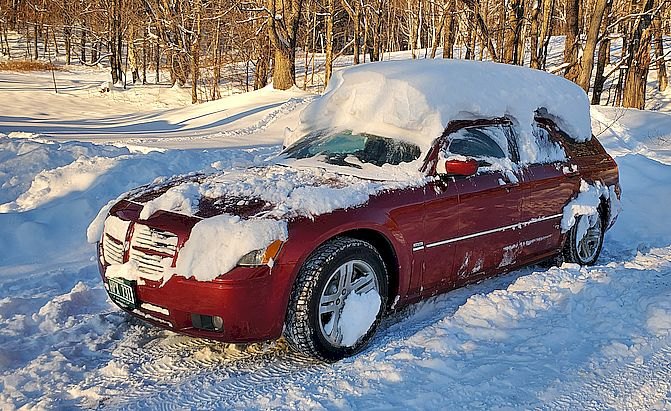




























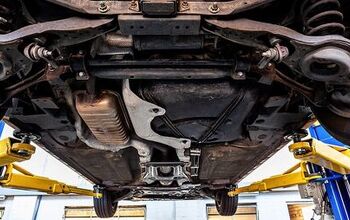


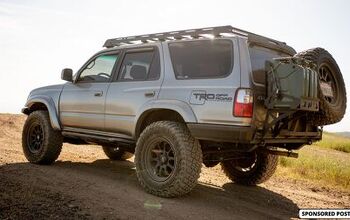






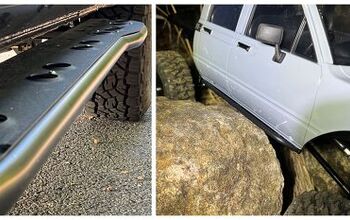
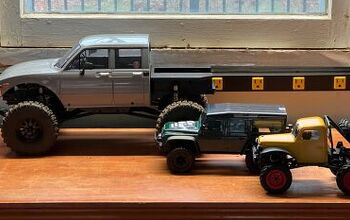

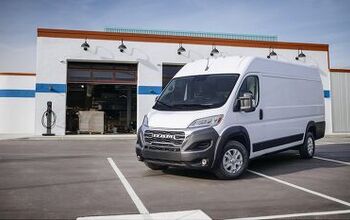

Comments
Join the conversation